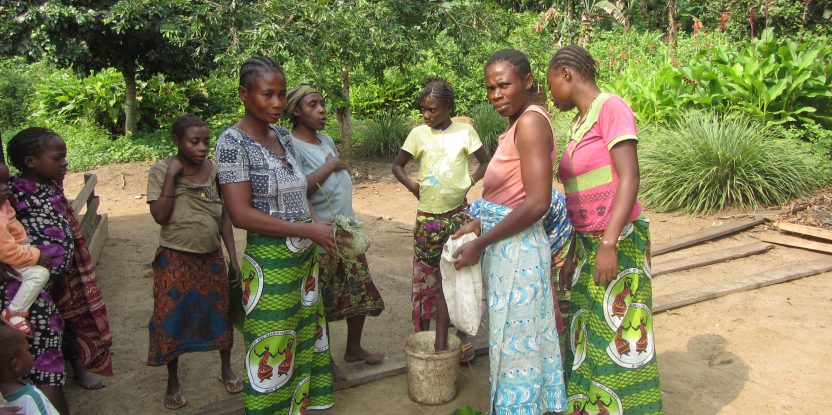Paving the way for increased and more meaningful participation of women and marginalized groups in managing forests is a requisite investment in achieving more cohesive and efficient resources governance. The way that forests are successfully managed depends on the capacity of men and women to come together and collaborate.
Furthermore, both men and women have a right to engage in the public arena, either directly or through legitimate representatives. This is a fundamental aspect of good governance.
Another aspect is the right to be fully informed and organized, including the right to voice their concerns for the best interests of their society in any process that will eventually affect them, their clans, and communities. The capacity for men and women to actively take part in the public affairs of their communities is thus essential to achieve cohesion and successful resources management outcomes.
What sparked my interest to examine the level of inclusiveness in decision-making mechanisms in an FSC-certified and a non-certified forest management unit (UFA) in the northern Republic of the Congo – research that was supported by the Center for International Forestry Research (CIFOR) and the Department for International Development (DFID)- was to understand if externally-induced rules of forest governance like the FSC standard had led to meaningful and effective participation of women and marginalized groups at the village level.
However, at the time of the study, requirements for gender equality and equity didn’t exist in the FSC standards. Therefore, it’s important to note that this study is not simply a box-ticking exercise. Instead, our research focused on examining forest management decision-making mechanisms in four villages, and the perceived barriers to women’s participation in decision-making. For several weeks, we conducted field focus group discussions and interviews in four villages within the two distinct UFAs of Pokola and Tala-Tala, in Sangha department, in the north of the Republic of the Congo.
